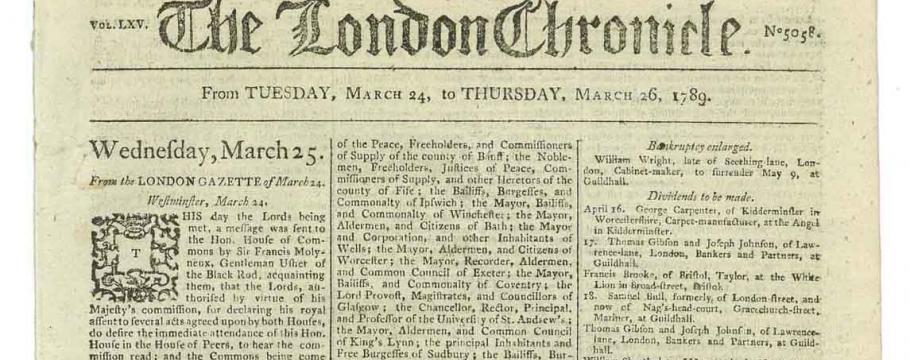
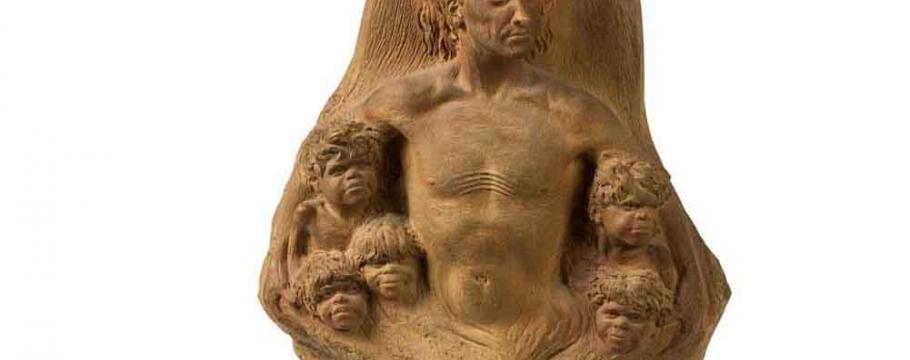
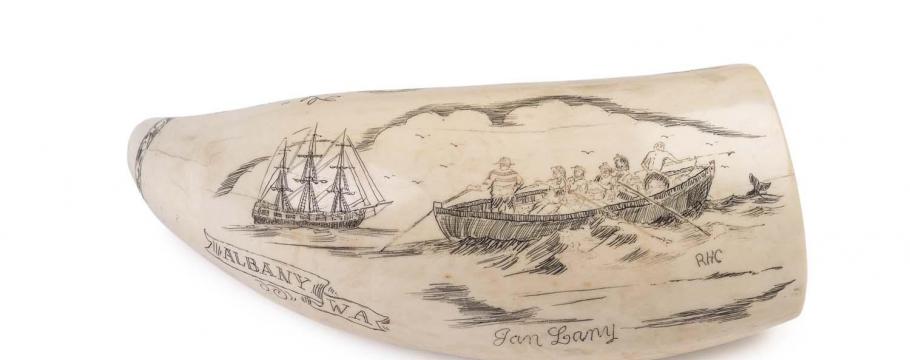
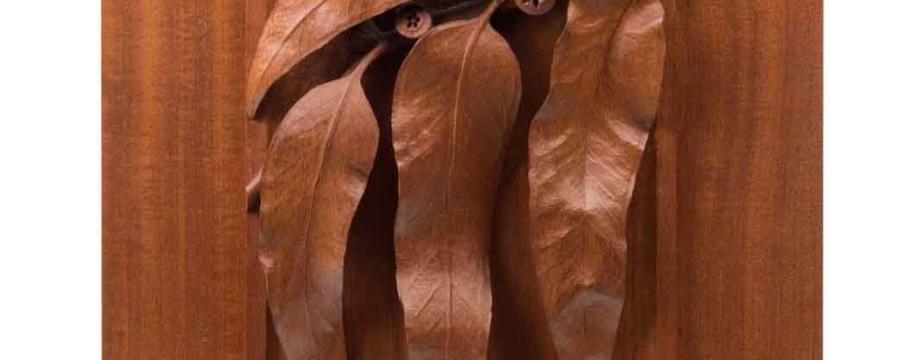
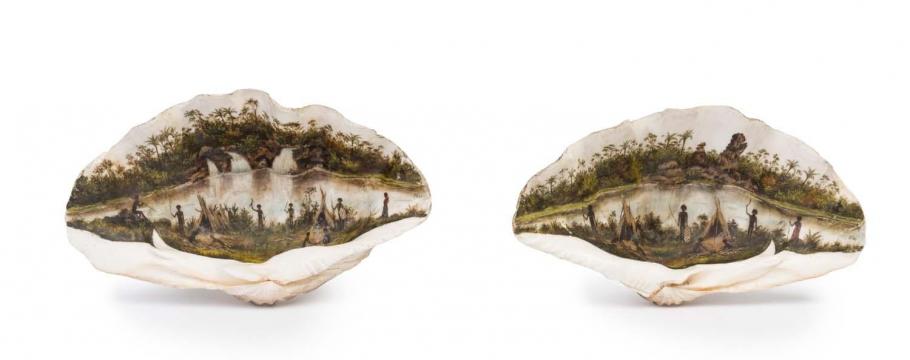
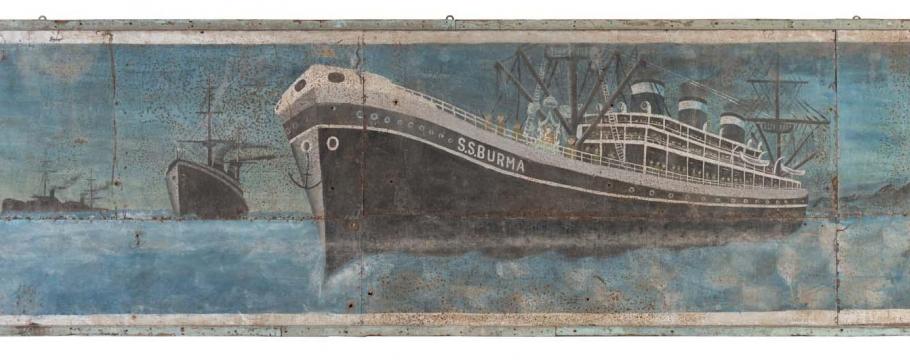
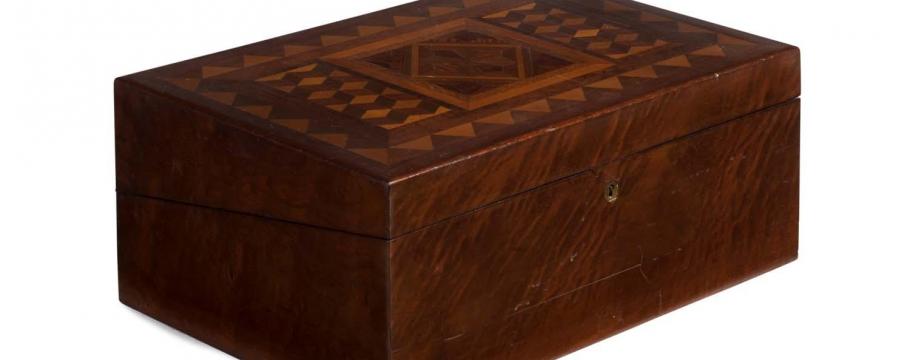
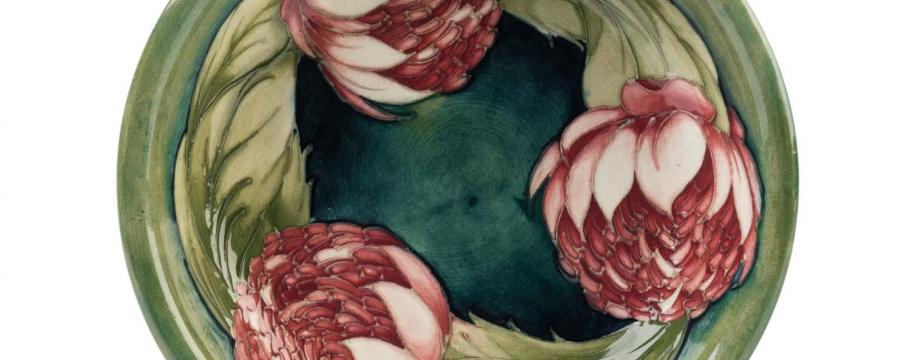

Auction features early newspaper accounts of New South Wales settlement
Author: Richard Brewster | Posted: 28th May, 2015
An intriguing archive of newspapers from 1788-1789 featuring printed accounts of the first faltering steps to establish the Colony of New South Wales are part of Mossgreen’s Australian History auction from 10am Tuesday May 30 at 935 High Street, Armadale.
The accounts appear in The London Chronicle editions at the time and detail the number of convicts and others who died on the long trip from Portsmouth to Sydney Cove, as well as the earliest full account of settlement derived from reported conversations with the crew of the convict transport Prince of Wales after it returned to England on March 23, 1789.
The article provides details on the early settlement days, a decision to form a supplementary colony on Norfolk Island, the Aboriginal inhabitants, animals (including the “kanguroo”), birds, fish, soil and climate.
According to the account, “The men and women go without the least apparel or fence against the weather. The men are upright, but not gracefully made: the women stoop very much, and in their gait are particularly awkward…”
A May 28-30, 1789 edition features a first-hand account by a woman of life in the colony – dated November 14, 1788 – very scarce because there are few such accounts by women of early European settlement.
In it she writes: “I take the first opportunity to acquaint you with our disconsolate situation in this solitary waste of creation….However, we have now two streets, if four rows of the most miserable huts you can possibly conceive of, deserve that name….”
This is the first published account by a woman of Sydney life: “every one is so taken up with their own misfortunes, that they have no pity to bestow on others.”
The auction contains a range of other items including several William Ricketts sculptures including a pottery fountain piece depicting the sculptor embracing Aboriginal children.
An Australian potter and sculptor of the arts and crafts movement, Ricketts (who died in 1993 aged 95) is famous for the Mount Dandenong sanctuary he created in 1934 bearing his name and for his vision of a modern Australia that embraces Aboriginal spirituality.
From 1949 to 1960, he made frequent trips into central Australia to live with the Pitjantjatjara and Arrernte Aboriginal people, whose traditions and culture inspired his sculptures.
Many of his central Australian works can be seen at the bird sanctuary Pitchi Ritchi near Alice Springs.
Another attraction is a pair of rare and important 19th century hand painted clamshells depicting North Queensland Aboriginal scenes.
Auction goers should also be interested in sculptor John Kendrick Blogg’s 1929 wood carving of a eucalypt branch and the World War II period Japanese folk art ship portrait of the SS Burma on tin depicting a religious ceremony and Japanese soldiers.





